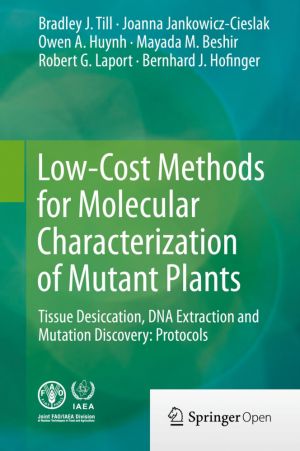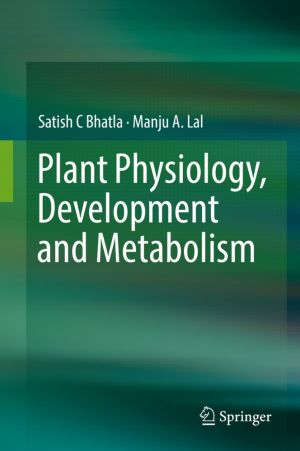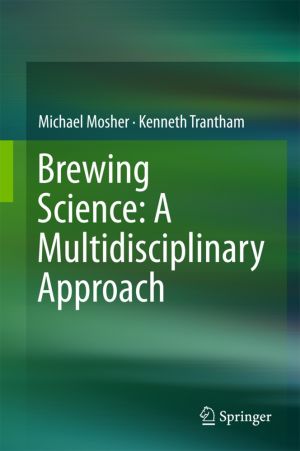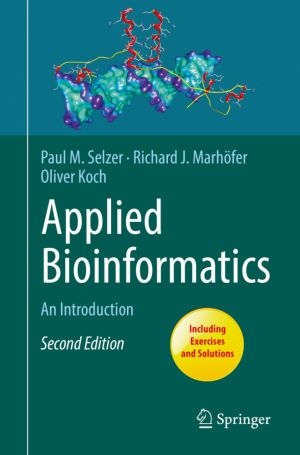
This enzymology textbook for graduate and advanced undergraduate students covers the syllabi of most universities where this subject is regularly taught. It focuses on the synchrony between the two broad mechanistic facets of enzymology: the chemical and the kinetic, and also highlights the synergy between enzyme structure and mechanism. Designed f...

This book is an introduction to the language of systems biology, which is spoken among many disciplines, from biology to engineering. Authors Thomas Sauter and Marco Albrecht draw on a multidisciplinary background and evidence-based learning to facilitate the understanding of biochemical networks, metabolic modeling and system dynamics.
Their pe...

This book provides a practical and self-contained overview of the Gene Ontology (GO), the leading project to organize biological knowledge on genes and their products across genomic resources. Written for biologists and bioinformaticians, it covers the state-of-the-art of how GO annotations are made, how they are evaluated, and what sort of analyse...

This book describes in vitro and ex vivo models that can be employed to investigate effects of digested food products on the GIT, or specific components thereof. Many such models exist and include, for example, those used to study digestion and fermentation in the small and large intestine, to investigate absorption (e.g. Ussing chamber, epithelial...

This book offers low-cost and rapid molecular assays for the characterization of mutant plant germplasm. Detailed protocols are provided for the desiccation of plant tissues; the extraction of high-quality DNA for downstream applications; the extraction of single-strand-specific nucleases for single nucleotide polymorphism; and small insertion/dele...

The subject of this book relates to protein ligands with particular structural and complexation properties. They are composed of self-assembled molecules, capable of penetrating as a unit into proteins outside the binding site. The ribbon-like supramolecular system only permits the penetration of self-assembled molecules into the protein-body and f...

This book focuses on the fundamentals of plant physiology for undergraduate and graduate students. It consists of 34 chapters divided into five major units. Unit I discusses the unique mechanisms of water and ion transport, while Unit II describes the various metabolic events essential for plant development that result from plants’ ability to cap...

This text finally collects all the introductory aspects of beer brewing science into one place for undergraduate brewing science courses. This expansive and detailed work is written in conversational style, walking students through all the brewing basics from the origin and history of beer to the brewing process to post-brew packaging and quality c...

This book introduces readers to the basic principles of bioinformatics and the practical application and utilization of computational tools, without assuming any prior background in programming or informatics. It provides a coherent overview of the complex field and focuses on the implementation of online tools, genome databases and software that c...

This book is an introduction to the language of systems biology, which is spoken among many disciplines, from biology to engineering. Authors Thomas Sauter and Marco Albrecht draw on a multidisciplinary background and evidence-based learning to facilitate the understanding of biochemical networks, metabolic modeling and system dynamics.
Their pe...
